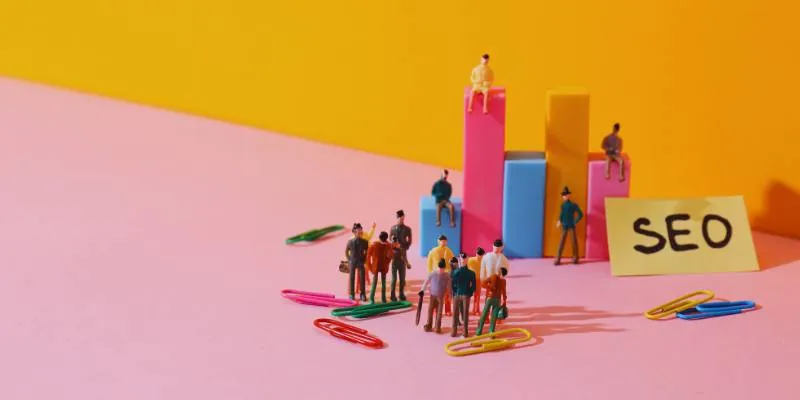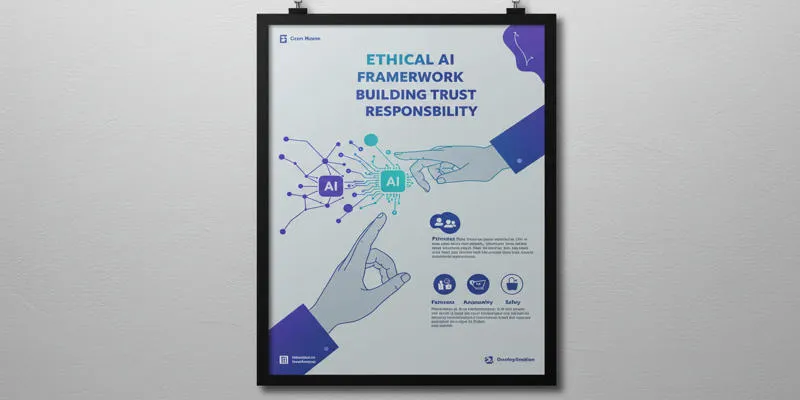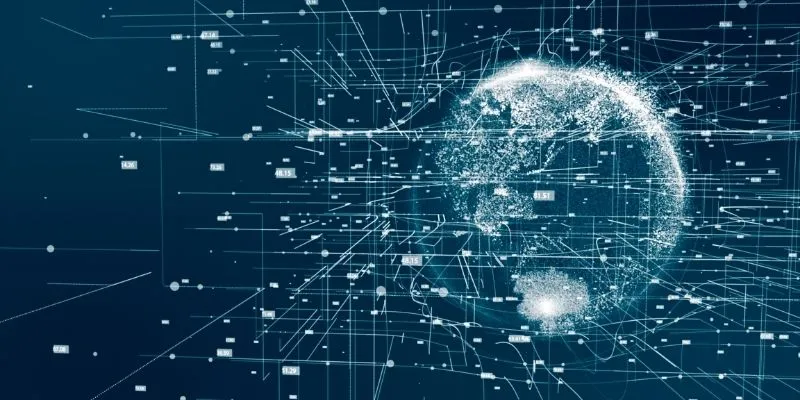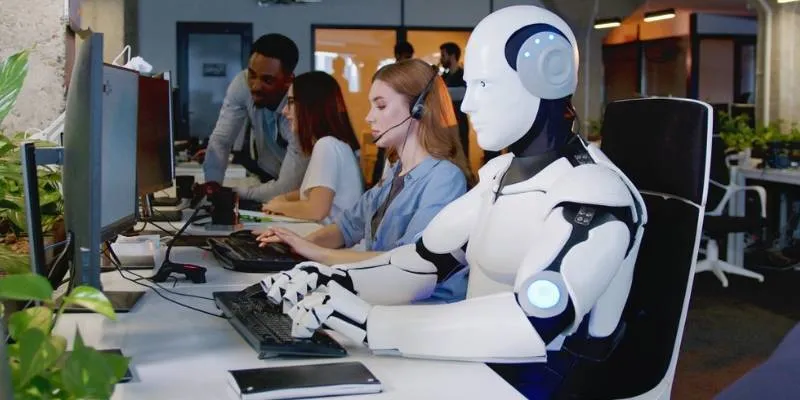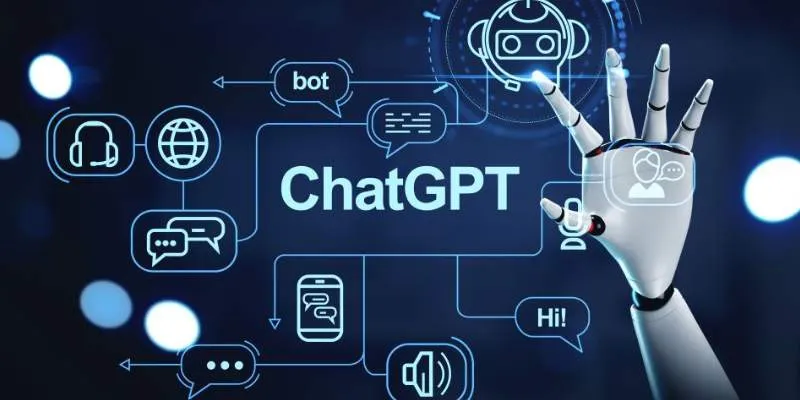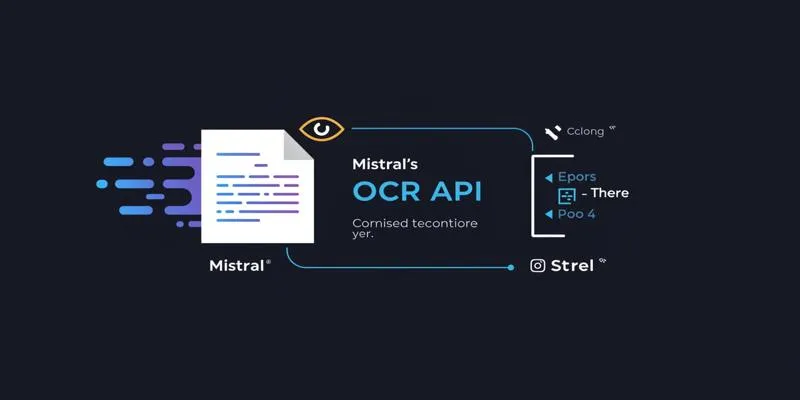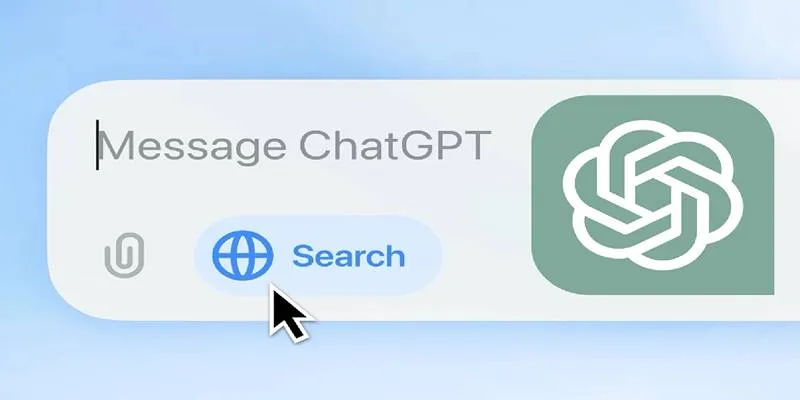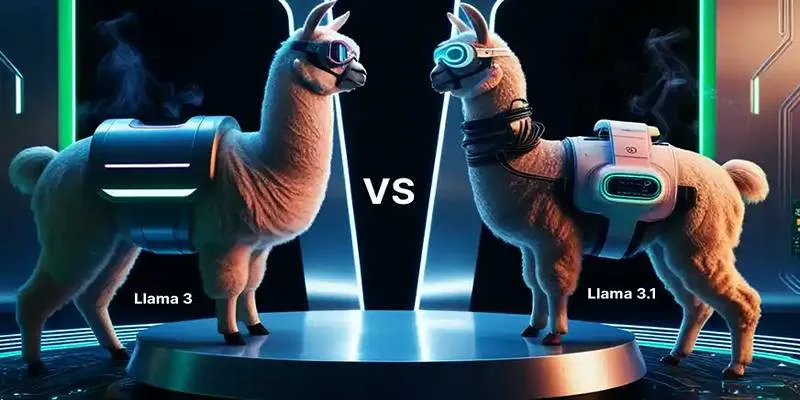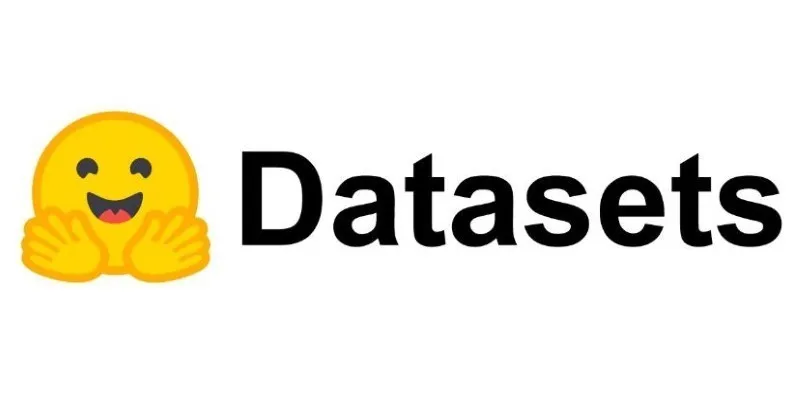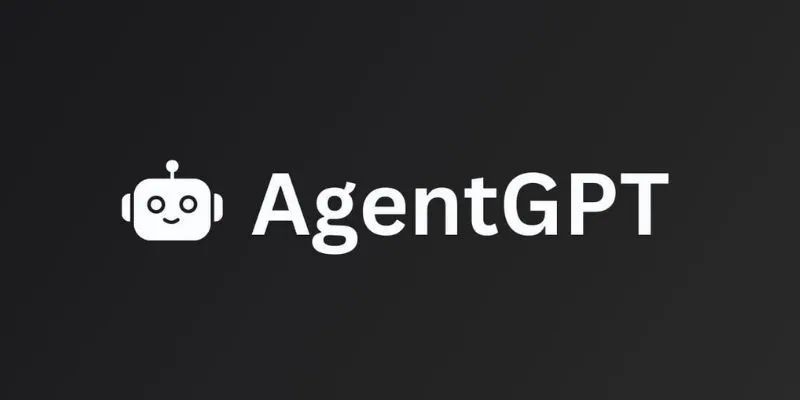Artificial intelligence keeps finding new ways to surprise us, but occasionally, something truly stands out. Fractal’s latest announcement falls right into that category. They’ve launched Kalaido.ai, India’s first-ever text-to-image model, marking a significant step in making creative tools more accessible and locally relevant. While models like Midjourney and DALL·E have garnered international attention, Kalaido.ai enters the scene with something different—homegrown sensibilities and support for Indian languages and themes. That alone makes it worth paying attention to.
What Makes Kalaido.ai Different?
Text-to-image models aren’t new, but Kalaido.ai wasn’t built just to follow the trend. From the first look, it seems designed with the Indian user in mind. It understands regional prompts and cultural cues, and that changes everything.
If you’ve used Western AI art tools, you’ve probably noticed how difficult it is to get them to accurately depict Indian festivals, local attire, or even cityscapes. The results often feel disconnected. Kalaido.ai fills this gap. The model is trained on a dataset rich in Indian visuals—think bustling street scenes, handwoven fabrics, temple architecture, and monsoon skies. That kind of dataset is hard to come by, and it makes a big difference.
What stands out even more is the language support. Users can input prompts in Indian languages—something that’s still missing in most global tools. This makes Kalaido.ai more approachable for non-English speakers, but it also gives more control to creative professionals who want to add regional flavor to their work. Writers, designers, educators, marketers—anyone who wants visuals that actually reflect their context can now get them without extra layers of explanation.
Behind the Model: How Kalaido.ai Was Trained
Fractal didn’t go into this blind. The company already has deep roots in AI and analytics, and they used that experience to build something practical rather than flashy. Kalaido.ai was trained on a multi-modal dataset, which means it learned how to connect written prompts with matching images. But unlike larger models that sweep in millions of generic images from the internet, this one was curated with an emphasis on variety and accuracy. There’s balance in the way it represents people, places, and events—an effort to steer clear of the kind of bias that creeps into global datasets. While it’s still in its early days, this focus on representation gives it an edge.

To build a model that actually understands regional differences, Fractal included diverse data sources covering everything from folk art to rural life to everyday street scenes. Indian art styles like Madhubani, Pattachitra, and Warli weren’t just acknowledged—they were studied and represented visually. Efforts were made to avoid over-representation of major metros and instead highlight rural and semi-urban areas just as equally. This kind of balance helps the model avoid stereotypical outputs and respond better to prompts grounded in specific cultural or visual contexts.
The architecture is based on a diffusion model, which generates images by gradually transforming noise into a coherent picture. That’s the same method used by other leading tools, but Kalaido.ai’s strength comes from how well it handles context. Ask it to generate a “woman in a traditional Manipuri outfit during Lai Haraoba,” and it gives you something far closer to reality than a tool trained mostly on Western images would.
Where Is Kalaido.ai Used?
Kalaido.ai isn’t reserved for just AI researchers or enterprise clients. It’s built to be user-friendly. The interface is straightforward, and prompt input is smooth. Whether you’re creating educational content in Tamil or working on a Marathi-language ad campaign, you won’t need technical skills to get started. You type in what you want, pick a style if needed, and get your result in seconds.
This ease of use is important because it lowers the barrier to creative work. Students, teachers, marketers, bloggers, and small business owners all stand to benefit. It lets people turn ideas into images without hiring a designer or learning advanced tools.
That doesn’t mean Kalaido.ai is only for quick social media content. Designers and illustrators can use it to explore new concepts or create base images they can later refine. Writers working on regional storybooks or comic strips can bring their scenes to life visually without relying on stock images that often feel out of place.
Step-by-Step: How to Use Kalaido.ai?
If you’re curious how it works, it’s a quick and simple process. Start by heading to the Kalaido.ai website. There’s no setup involved—just a clean screen with a prompt bar waiting for you. Type in your idea using English, Hindi, Tamil, Bengali, or other supported Indian languages. You can keep it straightforward or get as specific as you like. Try something like “Kathak dancer on a moonlit terrace” or “rainy street in Kolkata during Durga Puja.” Add as much detail as you want to shape the mood, color tone, or background elements.
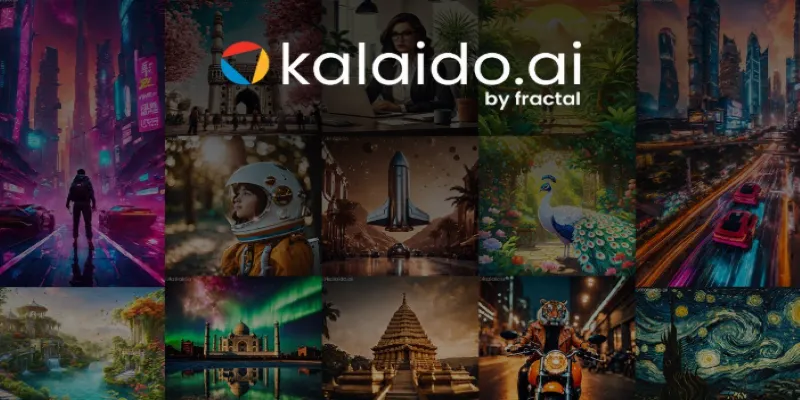
If you want a particular visual style—say, watercolors, pencil sketch, or a photorealistic look—you can choose that too, or just let the model decide. Click the button and wait a few seconds. The image appears almost instantly, usually in less than ten seconds. Once it’s there, you can download it, tweak the prompt to refine the result, or use it directly in whatever you’re working on, like presentations, blogs, or digital posters.
Conclusion
Kalaido.ai might not have the global spotlight yet, but its local relevance gives it real strength. Fractal didn’t just launch another image generator; they built one that speaks the language—literally and visually—of its users. As more people test it out and feed it with unique prompts, the model will only improve. For now, it’s a solid step forward. It makes creative tools more accessible to more people in a way that respects the local context. And that’s the kind of change that sticks. Hope you find this information worth reading. Stay tuned for more interesting and helpful guides.
 zfn9
zfn9

